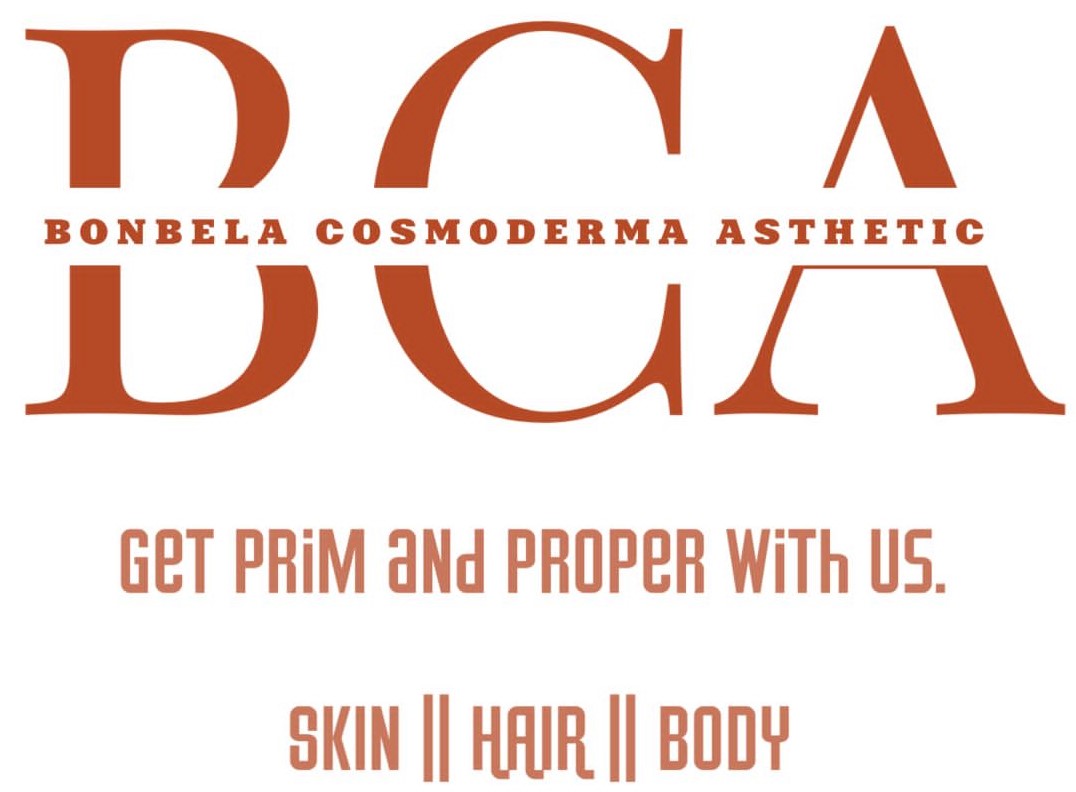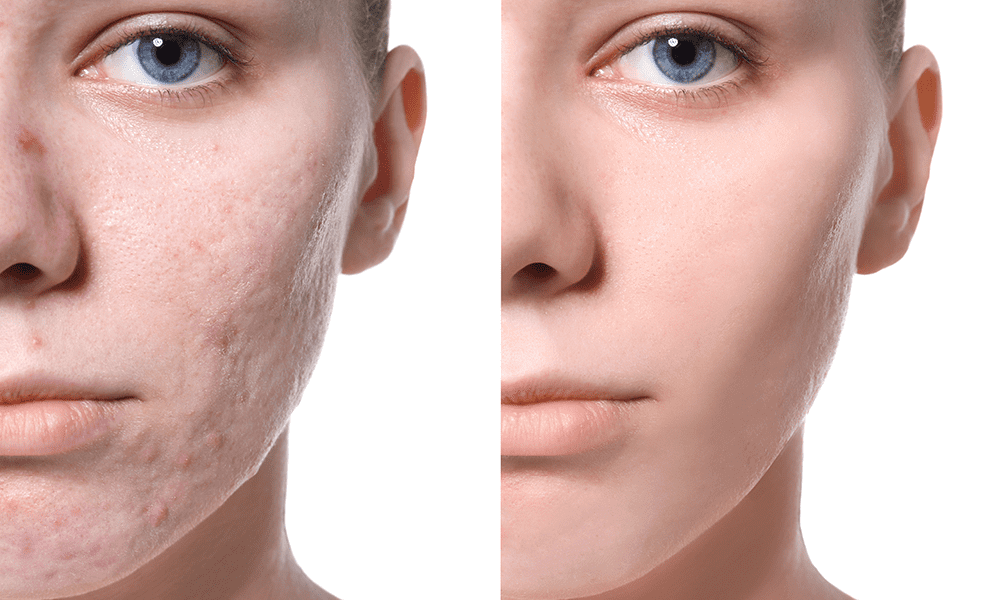The removal of acne scars involves various medical and cosmetic procedures aimed at reducing or eliminating the visible marks left behind by acne. Acne scars can take different forms, such as pitted or depressed scars, raised scars, and discoloration. The choice of treatment depends on the type and severity of the scars.
Here are some common methods used for the removal of acne scars:
-
Topical Treatments: Certain creams, gels, or ointments containing ingredients like retinoids, alpha hydroxy acids, or vitamin C may help improve the appearance of mild scars and even out skin tone. However, these are generally more effective for mild scarring and may take time to show results.
-
Chemical Peels: This involves applying a chemical solution to the skin, causing it to exfoliate and eventually peel off. Chemical peels can help improve the texture of the skin, reduce discoloration, and stimulate collagen production. Deeper peels are more effective for severe scarring but may require more downtime.
-
Microdermabrasion: This procedure involves exfoliating the outer layer of the skin using a machine that sprays tiny crystals. It's a less invasive option than some other treatments but may be more suitable for mild scarring and may require multiple sessions.
-
Laser Therapy: Different types of laser treatments can target specific aspects of acne scars. Fractional laser therapy, for example, creates microscopic injuries in the skin to stimulate collagen production and improve texture. Intense Pulsed Light (IPL) may help with discoloration. Laser treatments are often more effective for moderate to severe scarring but may have downtime.
-
Microneedling: This involves the use of a device with fine needles that create tiny punctures in the skin. This process stimulates the production of collagen and can improve the texture of the skin over time.
-
Dermal Fillers: Injectable fillers, such as hyaluronic acid, can be used to fill in depressed or pitted scars, providing a smoother appearance. However, this is a temporary solution, and repeat treatments are typically needed.
-
Surgical Procedures: In some cases, more invasive procedures such as punch excisions, subcision, or even surgical removal may be recommended for certain types of scars.
It's essential to consult with a dermatologist or skincare professional to determine the most appropriate treatment for your specific type of acne scars and skin condition. The effectiveness of these treatments can vary from person to person, and multiple sessions may be required for noticeable improvement.



